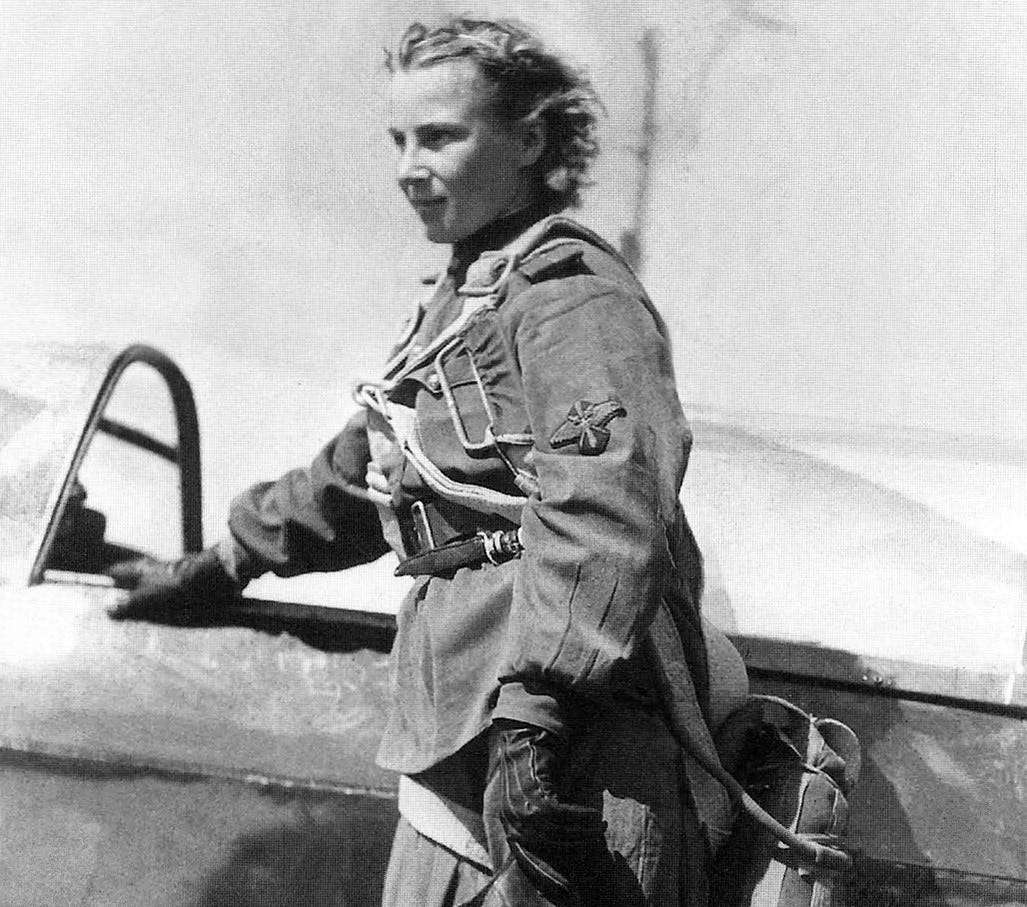In the darkest days of World War II, a remarkable hero emerged. Meet Lydia Litvyak, the indomitable spirit known as "The White Rose of Stalingrad." Born in Moscow in 1921, Lydia's childhood dreams of flight led her to defy societal norms and join the 586th Fighter Aviation Regiment of the Soviet Air Forces during the war. Despite the odds stacked against her, Lydia became a beacon of hope in the midst of chaos.
In the heart of the battle over Stalingrad, Lydia's unmatched courage shone brightly. On September 13, 1942, she claimed her first aerial victory, shooting down an enemy plane with nerves of steel. Her feats in the air turned her into a living legend, whispered with awe in the trenches below. Lydia's unmatched skill led her to 12 confirmed kills, a record still unbroken by any female fighter pilot in history.
However, war took its toll. The loss of comrades and the relentless onslaught of enemy planes weighed heavily on Lydia's heart. Despite these challenges, she remained a symbol of unwavering strength and hope for her nation.
Tragically, on August 1, 1943, Lydia's plane disappeared over the battlefield, leaving behind a legacy that resonates through history. Her fate remained a mystery for decades. In 1979, an unidentified female body found in the Russian village of Dmitrieyka was confirmed to be Lydia's. Despite her disappearance, Lydia Litvyak, the White Rose of Stalingrad, was finally recognized as a Hero of the Soviet Union in 1990 by Mikhail Gorbachev, honoring her enduring bravery and sacrifice in the crucible of war.





